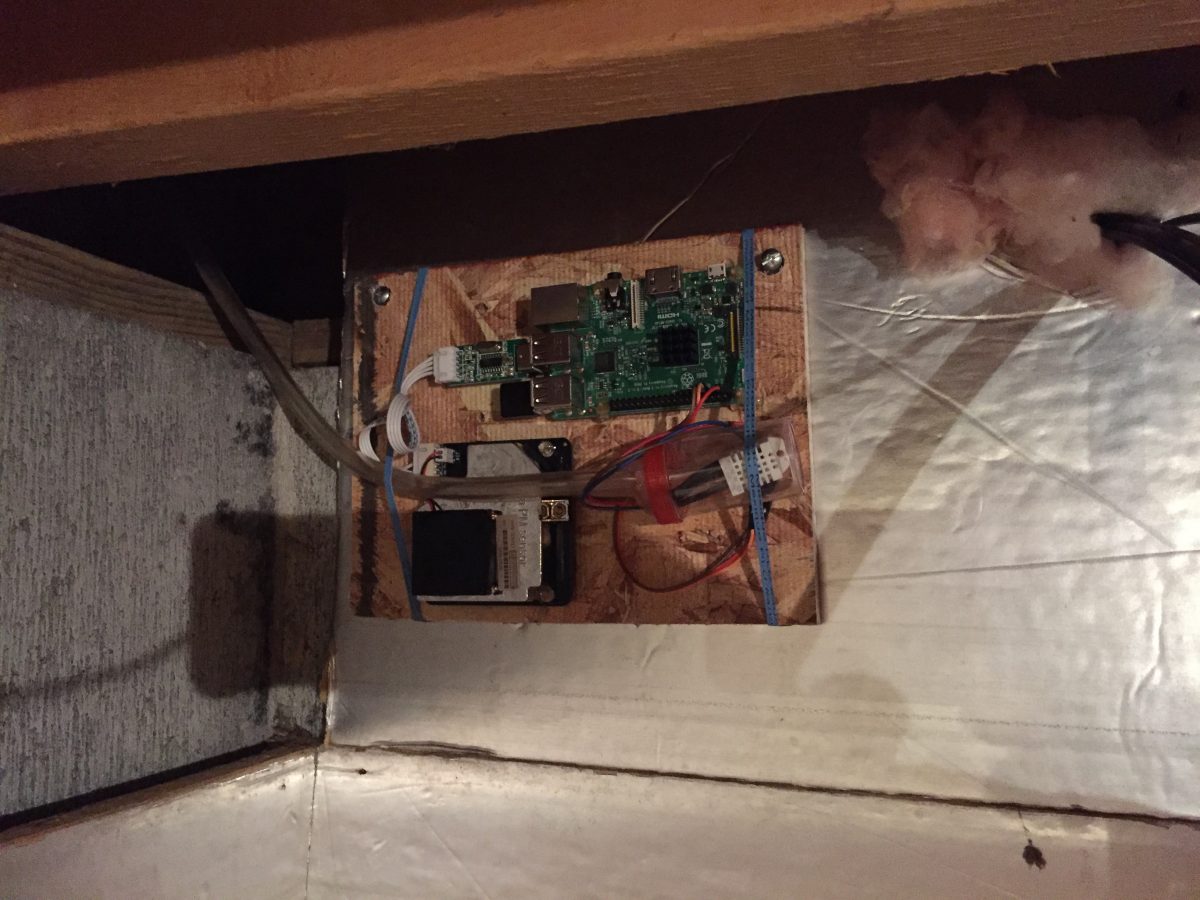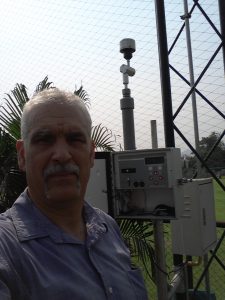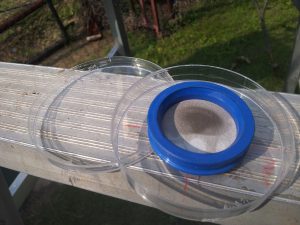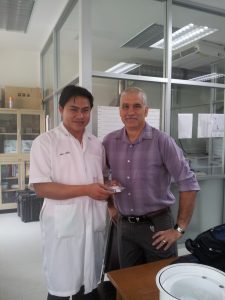Link to original post: Laser PM2.5 Sensor–SDS011 – Build
We’ve been having crystal-clear weather for months and the pollution monitor here at the house has been logging almost flat-line, crystal-clear pollution data.
However, this afternoon, a neighbor started to burn some brush and it got away from him a bit. The resulting smoke filled the air.
I opened up the website https://aq.ajosoft.com/index.php?StationID=2166&Country=USA&sort=0&units=0 to see the current PM2.5 and PM10 readings and something was wrong! Still flat-line, crystal-clear readings. Time for some debugging…

First thing was to go down and look at the project board. Everything looked good. However, inspection of the outside plumbing tube clearly showed an insect cocoon of some sort plugging the input air tube.
My bright idea was to blow the tube clear. I huffed and puffed into the tube and nothing happened. I sucked and nothing happened. I tried alternating blowing and sucking and nothing happened. In desperation I tried one more really hard blow and the cocoon broke free and I cleared the line.
I wish I would have taken a photo. The plastic jar with the DHT22 humidity sensor did exactly what it was supposed to do (besides give air plumbing room for the sensor itself) – it caught the cocoon.
ONLY IT WASN’T NICE NEAT COCOON – it was a cocoon containing about 100 GROSS TINY WORMS. I’m so glad it didn’t break free when I was trying to suck the tube clear as they would ended up in my mouth!!!
Anyway, pollution data is accurate again. The numbers are moving as expected, still clean air but not quite so flat-line.
Link to original post: Laser PM2.5 Sensor–SDS011 – Build








